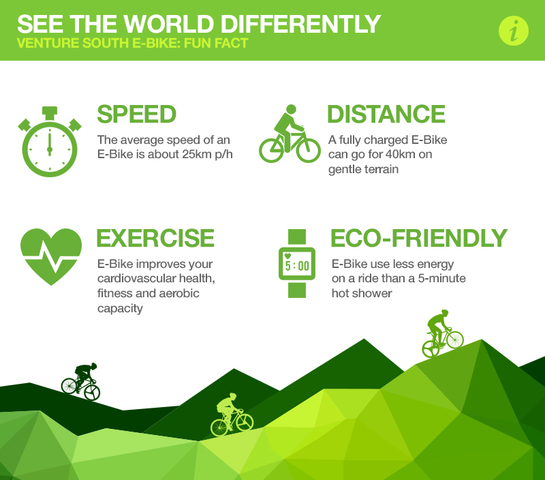Gain Understanding Of Neighborhood Legislations To Ride Your E-Bike Securely And In Conformity With Guidelines
Gain Understanding Of Neighborhood Legislations To Ride Your E-Bike Securely And In Conformity With Guidelines
Blog Article
Post By-Padilla Chang
Before you hop on your e-bike and hit the streets, it's critical to comprehend the laws and regulations that govern your city. From speed limits to marked riding locations, there's a whole lot to take into consideration to guarantee you're certified and risk-free. By familiarizing yourself with the rules specific to e-bikes, you'll be much better geared up to enjoy your rides without any unforeseen legal issues. Stay tuned to find key understandings that will help you browse the e-bike landscape in your city perfectly.
Recognizing E-Bike Classification
When it comes to navigating the realm of e-bike laws and regulations, an essential starting factor is comprehending the category system that classifies these electric bikes. relevant web page -bikes are commonly classified into three primary groups: Class 1, Class 2, and Class 3.
Class 1 e-bikes are pedal-assist just, indicating they give support while the cyclist is pedaling and have a maximum speed of 20 mph. These bikes are allowed areas where traditional bicycles are permitted.
Class 2 e-bikes are geared up with a throttle that can propel the bike without pedaling. They also have a maximum speed of 20 miles per hour and appropriate for cyclists that may require help without pedaling constantly.
Course 3 e-bikes are similar to Class 1 yet with a higher maximum speed of 28 mph. These bikes are commonly limited from certain bike courses or trails as a result of their greater speeds.
Comprehending these classifications is important for adhering to regional policies and making sure a safe and pleasurable e-biking experience.
Browsing Speed Limits and Limitations
To successfully navigate e-bike laws and laws, it's critical to recognize the rate restrictions and limitations that relate to various classes of electric bicycles.
Speed restrictions for e-bikes vary relying on the category of the bike. Course 1 e-bikes, which are pedal-assist only and have a maximum speed of 20 miles per hour, are normally permitted on bike lanes and paths.
Class 2 e-bikes, which have a throttle in addition to pedal-assist and likewise get to rates of up to 20 mph, may be limited in specific areas where motorized vehicles aren't allowed.
Discover More Here -bikes, with pedal-assist up to 28 mph, are usually needed to follow the same rules as standard bikes.
It is essential to follow these rate limits and restrictions to guarantee your safety and security and the safety of others on the road. Prior to riding your e-bike, acquaint yourself with the particular guidelines in your city to stay clear of any prospective fines or lawful problems.
Where to Experience Your E-Bike
To identify where you can ride your e-bike, it's essential to understand the guidelines and guidelines details to your place. In the majority of areas, e-bikes are generally permitted on roadways and roads where typical bicycles are allowed. This may consist of bike lanes, bike paths, and shared streets. Nonetheless, it's critical to check local laws as some cities may have particular constraints on where e-bikes can be ridden.
When riding your e-bike, always focus on safety by following web traffic rules and valuing pedestrian pathways. Furthermore, bear in mind any assigned bike lanes or paths in your area and utilize them whenever possible to guarantee a smoother and much safer adventure.
Some cities additionally have guidelines concerning e-bike use on pathways, so see to it to acquaint yourself with these rules to prevent any fines or charges.
Verdict
Since you know with the laws and policies surrounding e-bikes in your city, you can with confidence hit the road knowing where you can ride and what constraints relate to your e-bike classification. Bear in mind to constantly prioritize safety and comply with the rules to ensure a smooth and lawful ride. Delighted riding!
